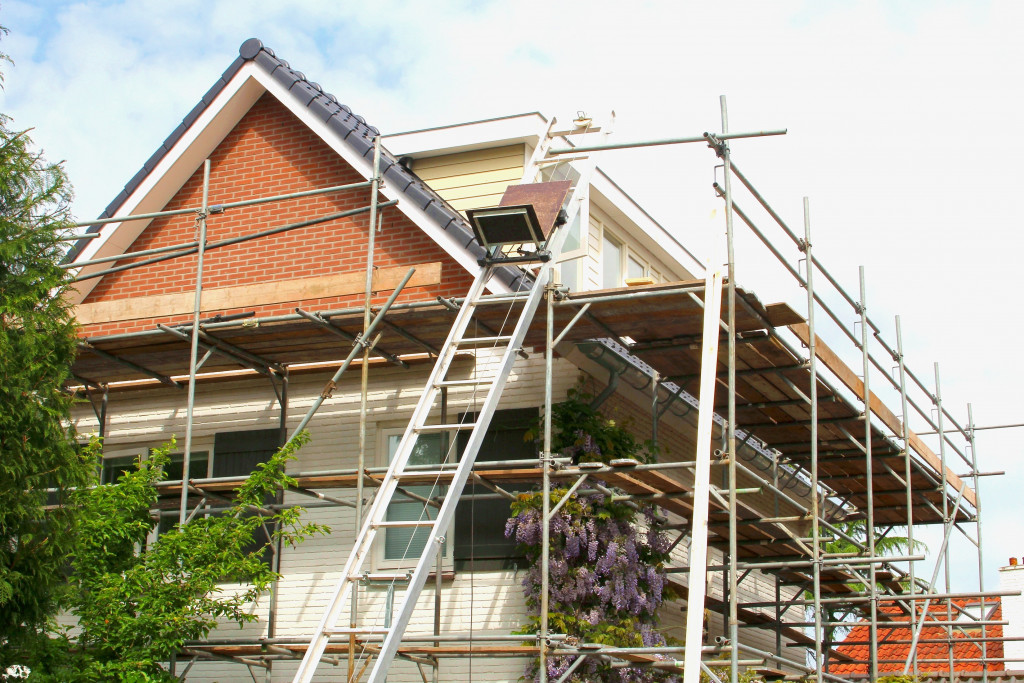Homes provide a place of shelter, safety, and comfort. They are also a reflection of personal taste and style. It’s within people’s homes. Usually, the first place we entertain guests and make lasting memories. For many people, their home is their largest financial investment. Therefore, it is vital to maintain and protect our homes to our ability.
However, prevention will always be better than repairing damages. The average cost of home damages can go as high as $10,000, especially for natural disasters. So if you want to avoid this amount of money, you can strengthen your home. Here are six ways you can do that.
Have the right soil type
The first step is to make sure you have the right soil type. If your home is built on expansive clay, filled with dirt or sand, it is more likely to experience significant foundation movement during a drought. However, the opposite is also true. If the ground around your home becomes oversaturated with water, it can cause the same type of problems.
You can’t change the makeup of your soil, but you can take steps to mitigate its effects. For example, if you live in an area with expansive clay soils, you can install an irrigation system to keep the soil around your foundation from drying out and shrinking. You can also install gutters and downspouts to keep rainwater away from your foundation. You can never go wrong with a French drain when it comes to drainage.
Install a French drain

A French drain is a drainage system used to redirect water away from areas where it can cause problems. French drains are installed underground, and they consist of a perforated pipe surrounded by gravel. The gravel allows water to enter the pipe while keeping dirt and debris out.
The pipe carries the water away from your foundation and into an area where it can drain safely. French drains are an effective way to keep your foundation dry, and they can also be used to prevent flooding in your basement. This design is excellent for stormwater control because it keeps water away from your home’s foundation. Furthermore, it can prevent rust and unwanted things in your home.
Anchor Your Home
The next thing you can do to protect your home is anchored it. This is especially important if you live in an area prone to high winds or earthquakes. There are a few different ways you can anchor your home. The most common way is to use straps and anchors connected to the foundation and extend up to the roof.
Another way to anchor your home is to use guy wires. Guy wires are cables attached to the ground and extend up to the roof. They provide additional support in high winds and earthquakes.
A creative way is to anchor your home is by using weight plates. Weight plates are metal plates placed on the ground around the perimeter of your home. They add extra weight, which helps to keep your home in place during high winds and earthquakes.
The best way to anchor your home is to use these methods.
Use concrete footings
Concrete footings are a type of foundation used to support your home’s weight. They are typically made out of concrete, but they can also be made of brick, stone, or even wood. Concrete footings are the most common type of foundation used in residential construction.
Concrete footings are typically wider than the walls they support, and they extend down to the bedrock or soil beneath your home. This helps to distribute the weight of your home evenly and prevents it from settling.
Use piers or helical piles
If you live in an area with a high water table or poor soil conditions, you may need to use piers or helical piles to support your home. Piers are vertical supports that are driven into the ground beneath your home. Helical piles are spiral-shaped steel rods that are screwed into the ground.
Piers and helical piles are used to support the weight of your home, and they help to prevent settling. They are typically used in poor soil conditions or a high water table.
Slope the ground away from the foundation
The final thing you can do to protect your home from foundation problems is sloping the ground away from the foundation. This helps to prevent water from pooling around your foundation and causing problems.
You can use a shovel or an excavator to create a slope around your foundation. The slope should be at least six inches for every 10 feet.
As you can see, there are a number of things you can do to protect your home from foundation problems. These are just a few of the most common methods used to prevent foundation problems. If you have any questions, or if you need help choosing the best method for your home, please contact a foundation specialist in your area.

